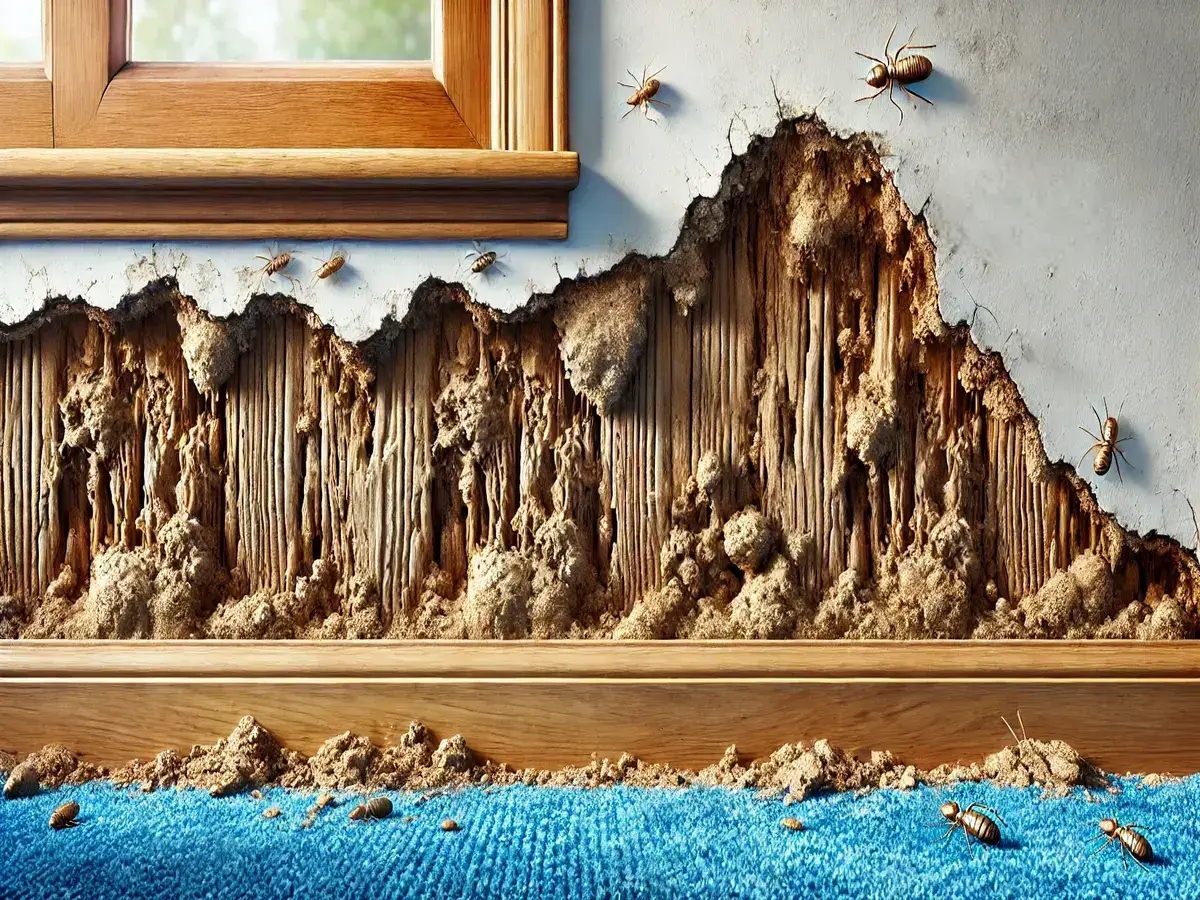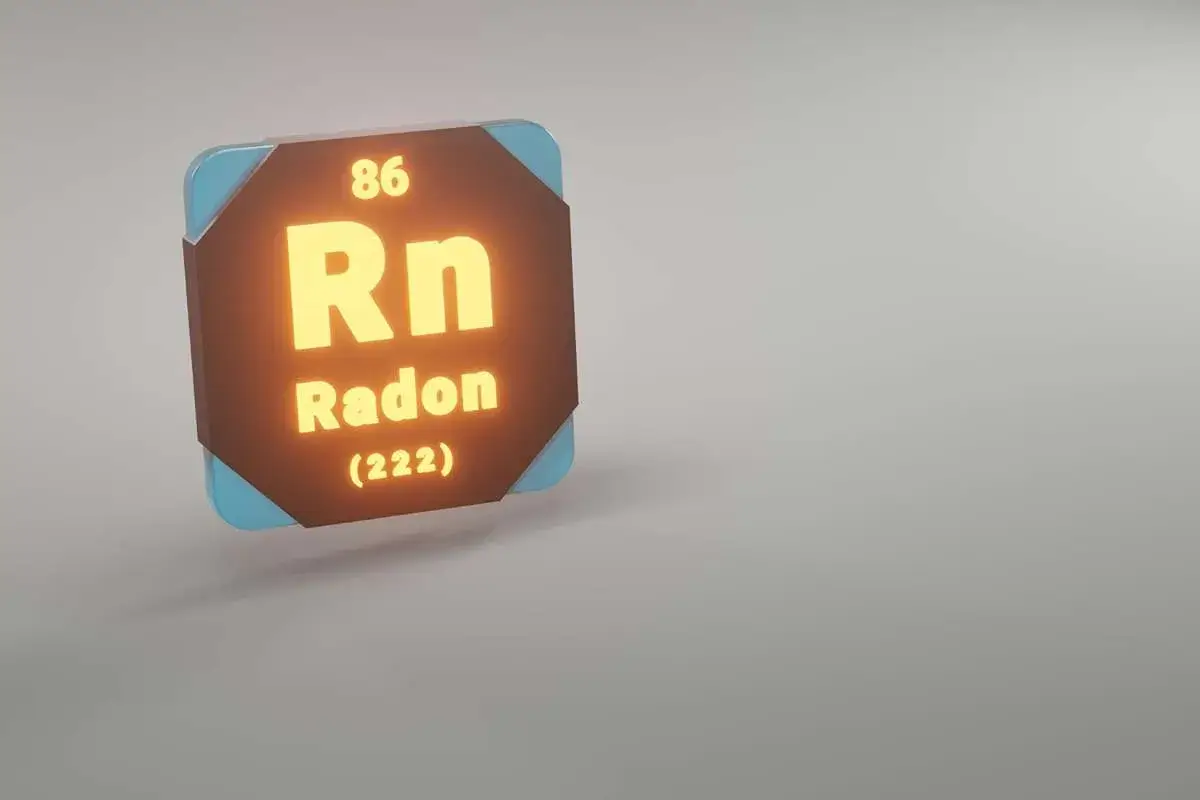When people think about home safety, they often picture locks on doors or smoke detectors…

How Often Do You Need Termite Treatment
Homeowners often ask, “How often should you treat for termites?” This is an important question because termites are silent killers and operate with no obvious signs until considerable damage is already done. This blog discusses the importance of termite treatment, with information about its frequency, and demonstrates the necessity of frequent checks and treatments to prevent these pests.
Why Termite Treatment Is Crucial
Before we dive into how often you need to treat for termites, it’s important to understand why termite control is so vital. Termites are tiny insects, slightly bigger than the common home ant. What they lack in size, they make up for in numbers. A normal termite colony can have a population ranging from a few thousand to millions. They also work stealthily, aptly nicknamed “silent destroyers,” and will leave little signs of their activity.
The National Pest Management Association (NPMA) has reported that termites annually inflict more than $5 billion worth of destruction on American properties throughout the country. This damage exceeds what fires, floods, and tornadoes cause together annually.
Termites inflict damage that extends beyond the superficial. They can eat away the wooden structure of your house, precipitating a collapse. Termite treatment is of paramount importance and requires prompt action, even a proactive approach, especially where termite infestations frequently occur.
How Often Should You Treat For Termites
That’s an interesting question, and the answer depends on various factors, such as the type of termite treatment used, the region you live in, and the age of your home. But, as a general rule of thumb, you should treat for termites every 2 to 3 years and have at least one termite inspection every year.
Some states in the US, particularly the South and the Southeast, are vulnerable to termite attacks. If you live in Georgia, Alabama, Mississippi, Florida, Texas, Louisiana, or South Carolina, you are susceptible to termite infestations, and you should have more frequent termite inspections and treatments.
Types Of Treatments
The two main approaches to termite control are preventive measures and active intervention strategies. Let’s discuss them in a little detail.
- Preventive measures are applied before termite detection to provide extended protection. Chemical barriers are a common method of deterring termites from approaching your household. This treatment lasts for about 5 years, and you need follow-up applications to maintain these barriers.
- Active treatments are applied against termite infestations after they have occurred. They involve using pesticides where the infestation exists. The efficacy of active treatments depends on how serious the infestation is, since they might have to be administered anew every few years.
How To Know When It’s Time For Termite Treatment
Schedule regular termite inspections once every 1-2 years. You should know when to perform a follow-up treatment if you received previous termite treatment. With no visible signs of termite activity, you won’t know termites are up to no good in your home until it is too late. Here are some key signs that indicate it might be time to treat for termites:
- Mud Tubes: Termites construct mud tubes to move from their nests into your house. Foundation inspection should include looking for mud tubes because their appearance near the foundation or in basements shows termites have invaded your home.
- Wood damage: The destructive properties of termites manifest in wood destruction. Termites consume wood pulp and weaken the structure from within. An assessment is needed whenever you discover hollowed-out wooden objects or blistering on wooden surfaces.
- Sawdust: Piles of sawdust on or close to wooden structures are telltale signs of termites. These are actually termite feces and look like sawdust because termites primarily eat wood.
Should You Get A Termite Inspection Even With No Termite Signs
It’s a good idea to have regular termite inspections even without apparent signs of termite presence. Pest control professionals examine hard-to-reach areas like crawl spaces, attics, basements, and wall interiors where termites may be at work, hidden from view. They use specialized tools and their professional skills to identify and track down termites in the early stages before their destruction becomes noticeable.
Factors That Affect The Frequency Of Treatment
While the general guideline of every 2-3 years is a good starting point, several factors could affect how often you need to treat termites:
- Location: If you live in a termite-prone area, you may need to treat for termites more often. The southern states and coastal locations experience increased termite presence.
- Home’s Age: Older homes, especially those no longer in use, have higher probabilities for termite infestation and require more frequent treatments.
- Treatment Type: Every termite treatment comes with an expiry date. The experts applying such treatment will guide you in determining their longevity. Chemical barriers, termite baits, and other treatments last for short, medium, or long terms. Reinforce the treatment once it nears its term.
How Can You Prevent Termite Infestations
While it’s essential to treat for termites regularly, you can also take proactive steps to reduce the risk of an infestation. The steps below will help keep termites away from your house.
- Repair and seal all entrance points in your home’s foundation, windows, and doors. Termites easily pass through all small openings.
- Store firewood, lumber, and mulch from the base of your property to keep them away from termites’ reach.
- Termites love moisture. Never show laxity when fixing leaks in your plumbing system. Ensure water is flowing freely in your pipes and there are no obstructions.
Conclusion
In summary, knowing how often to treat for termites and when it’s time to do the termite treatment can save you from costly damage and frustration. A proactive approach to termite treatments is scheduled inspections.
They will preserve your home’s structure and safety for years. Preventive care requires minimal effort and achieves maximum protection of your home.
Contact Advantage Inspection to arrange a complete termite inspection, which will safeguard your residence against these covert home destroyers. Don’t wait until the problems become unmanageable; act now and protect your property.



